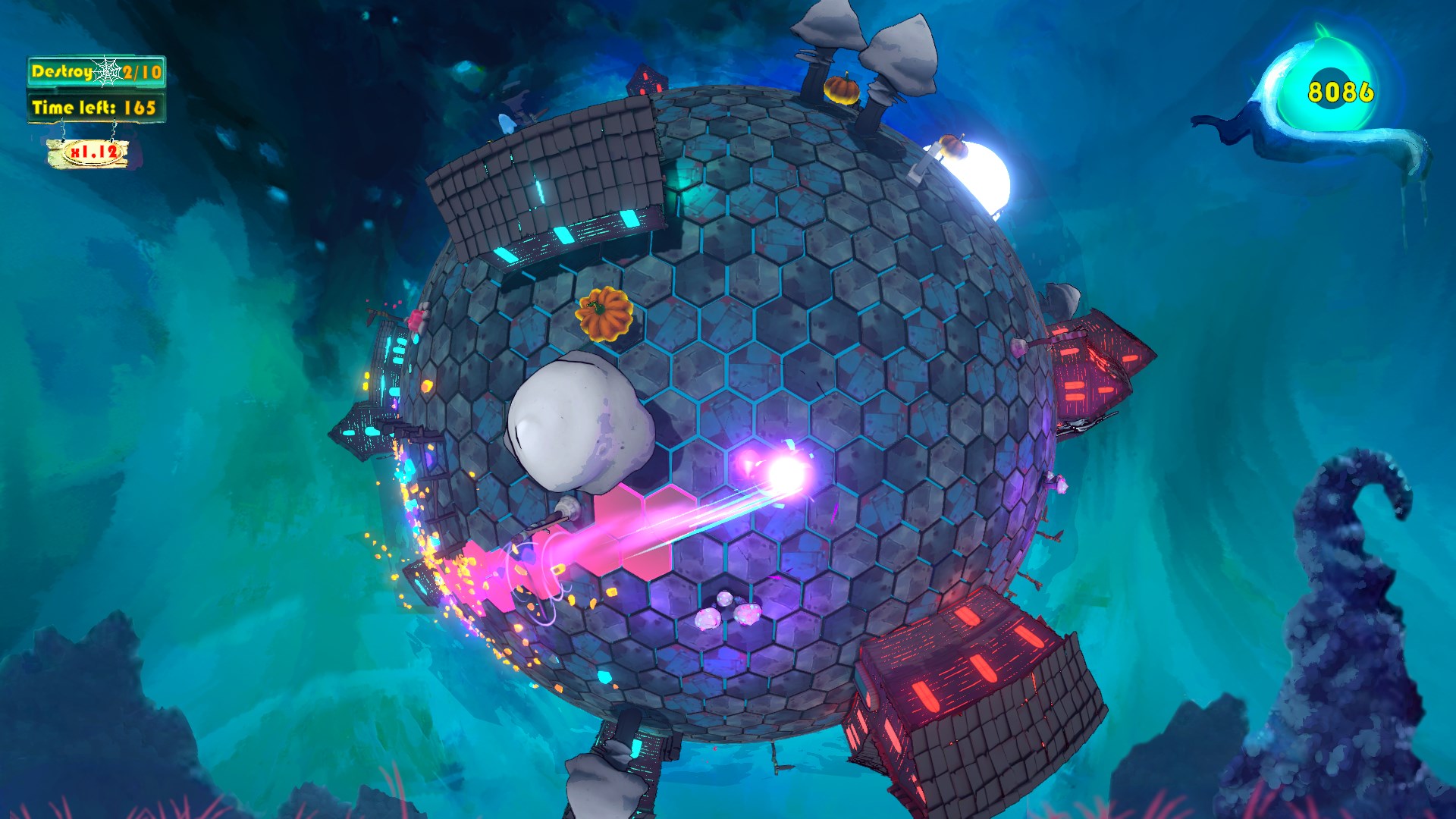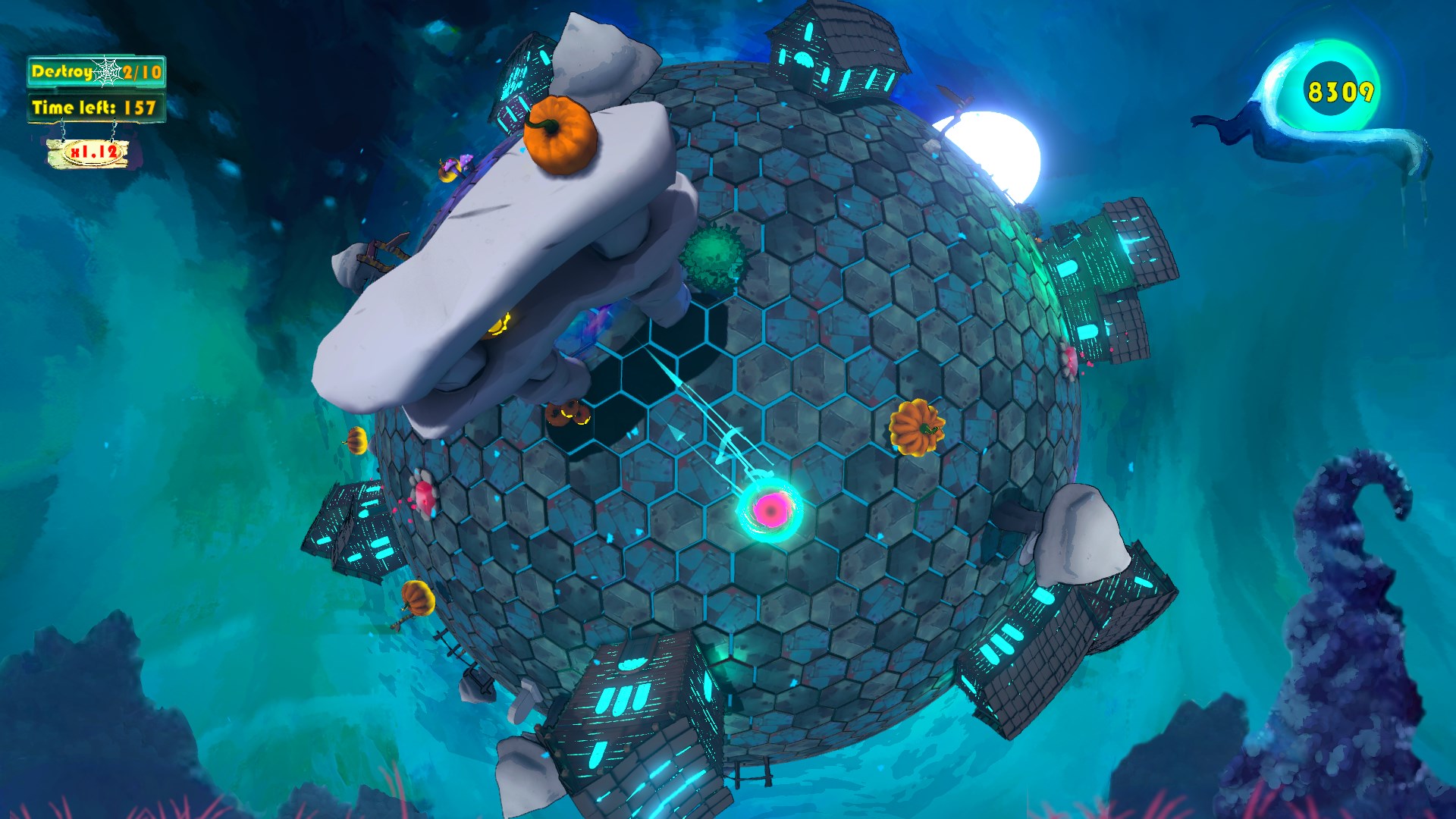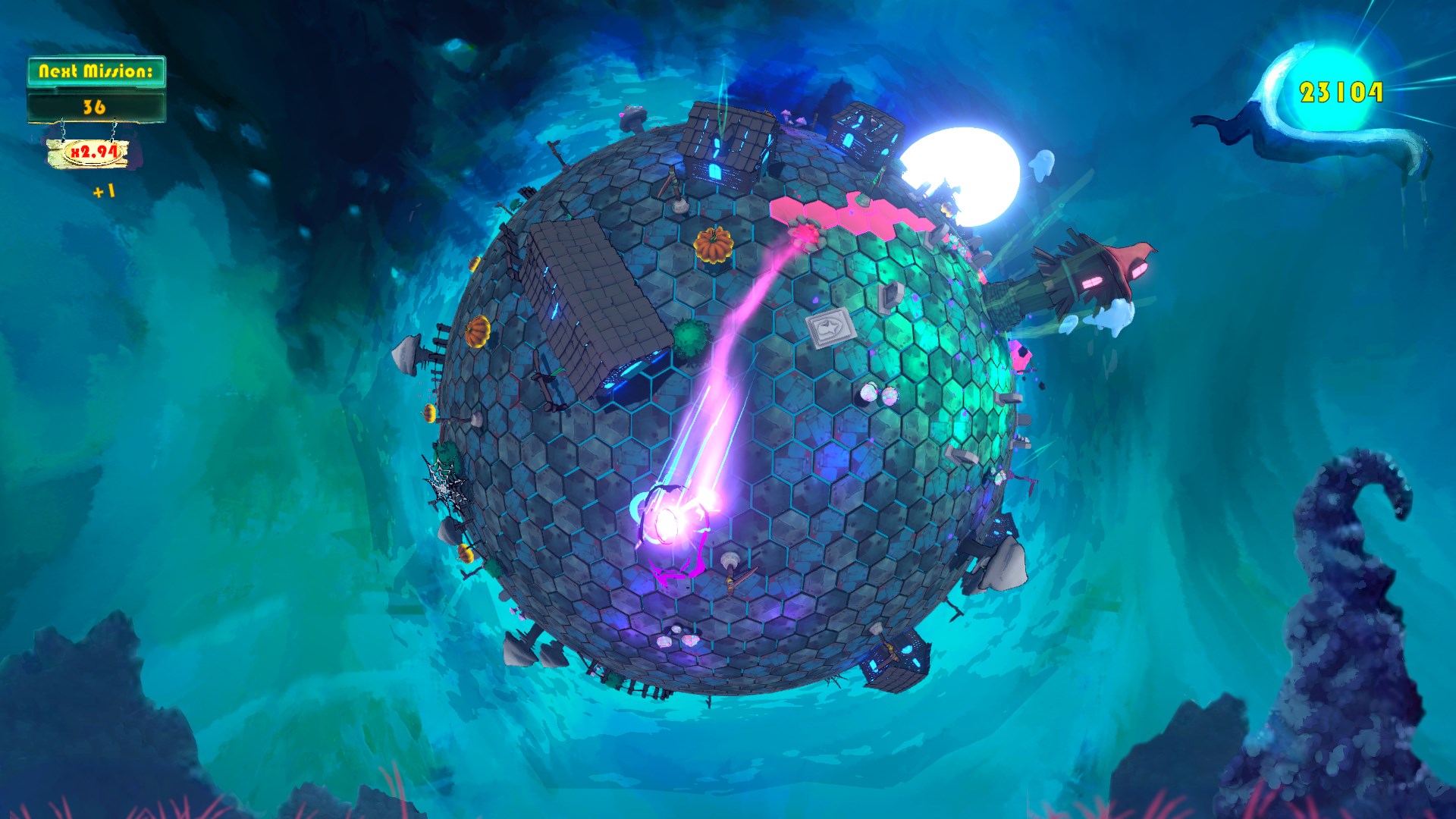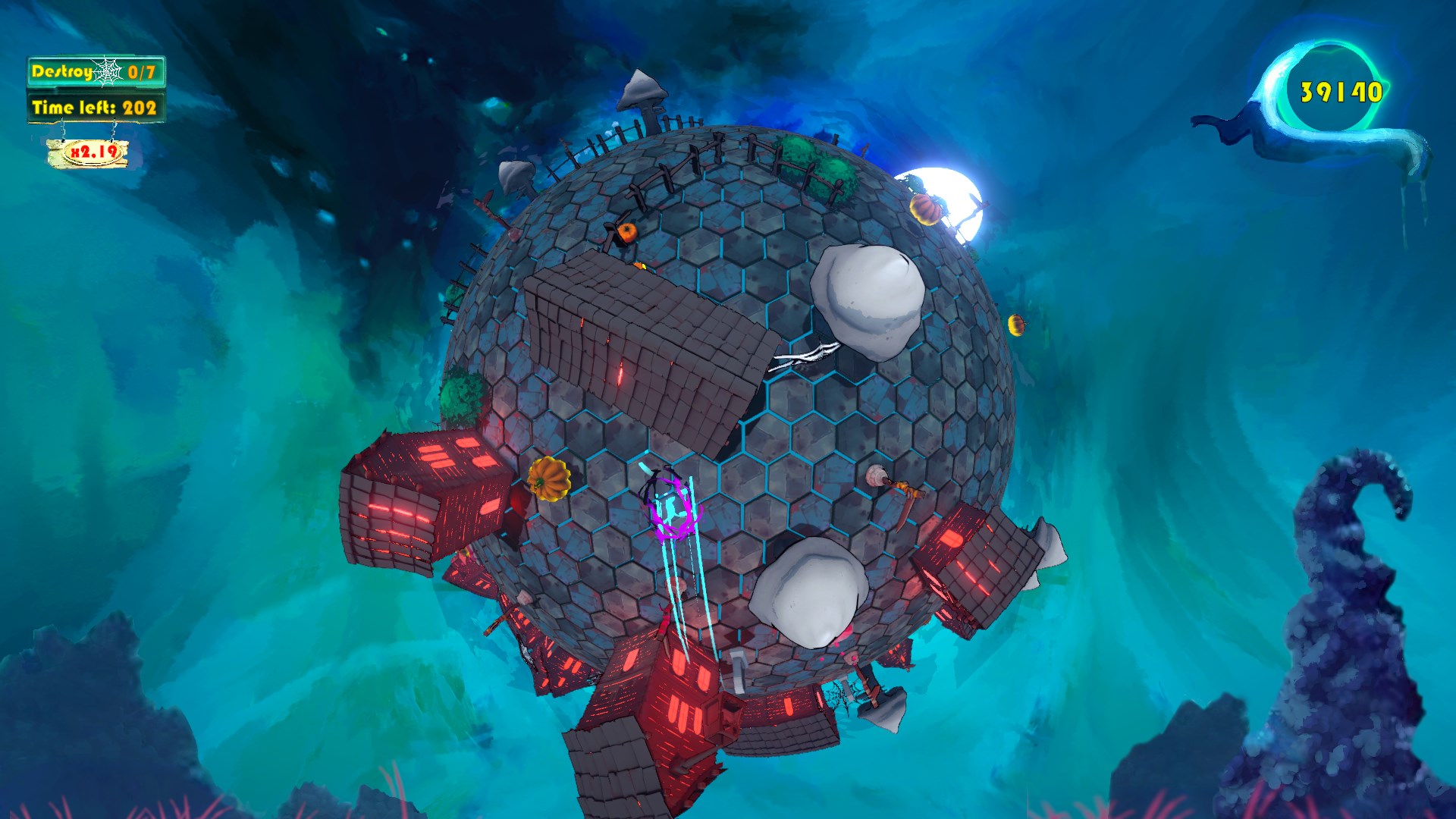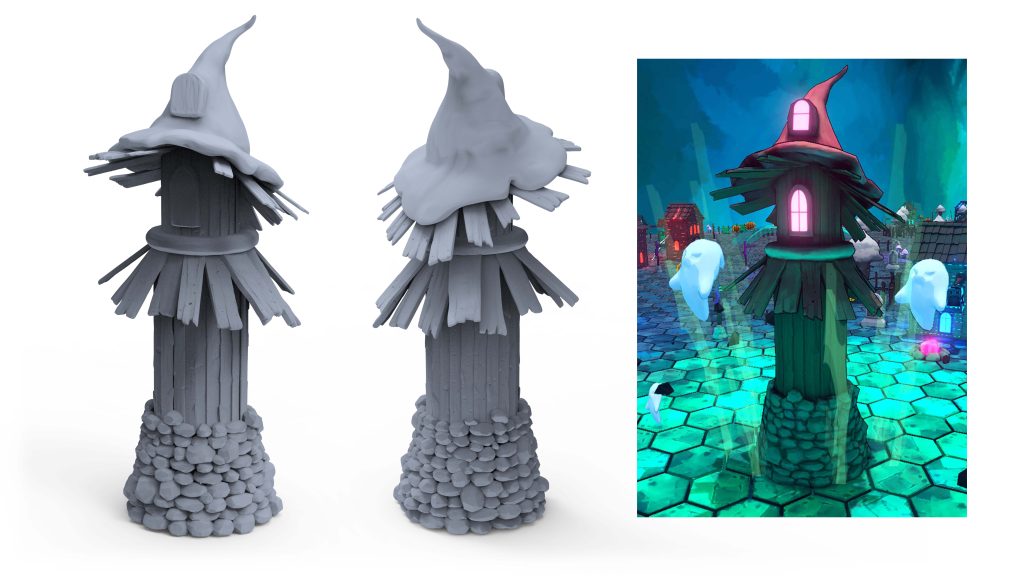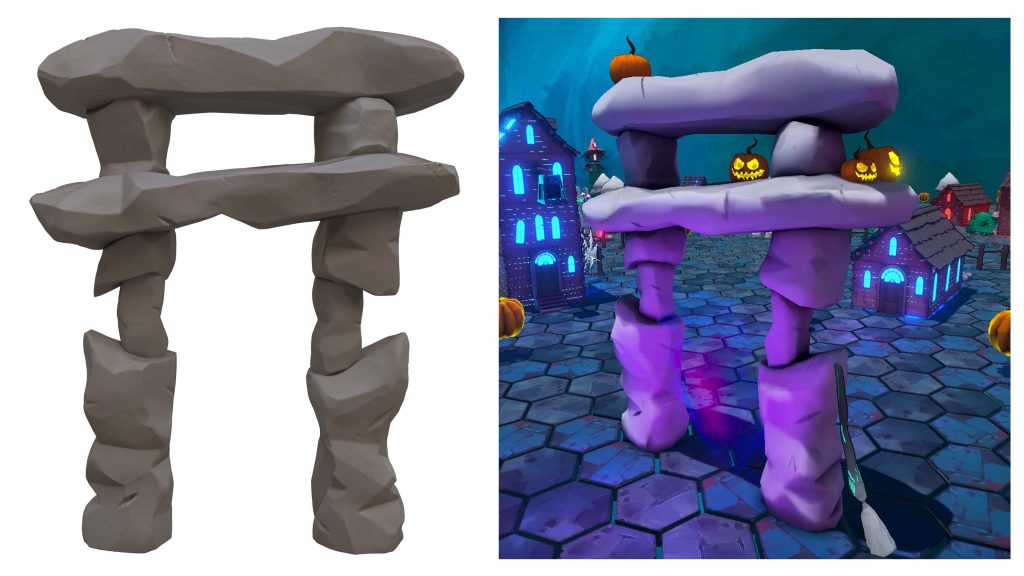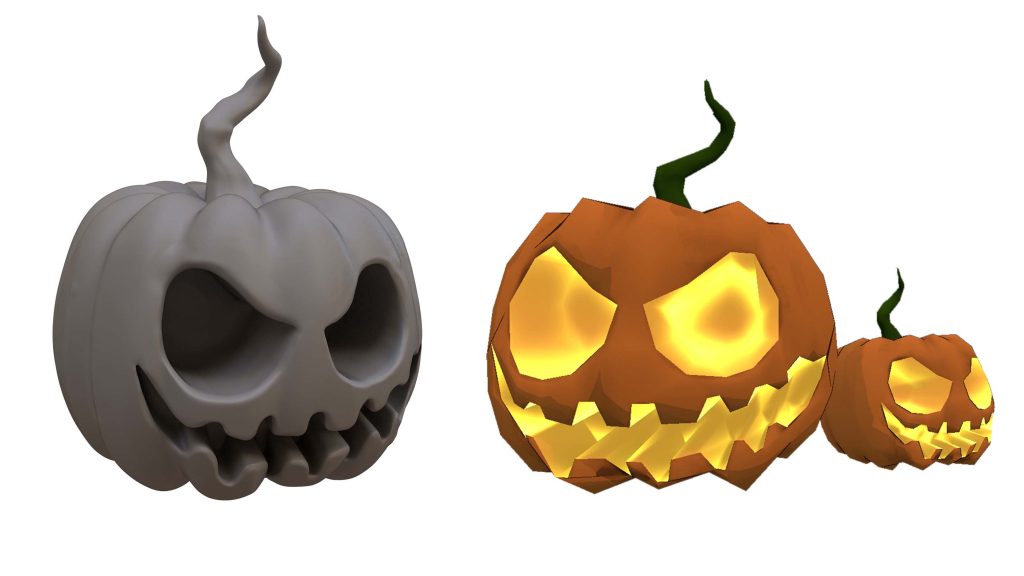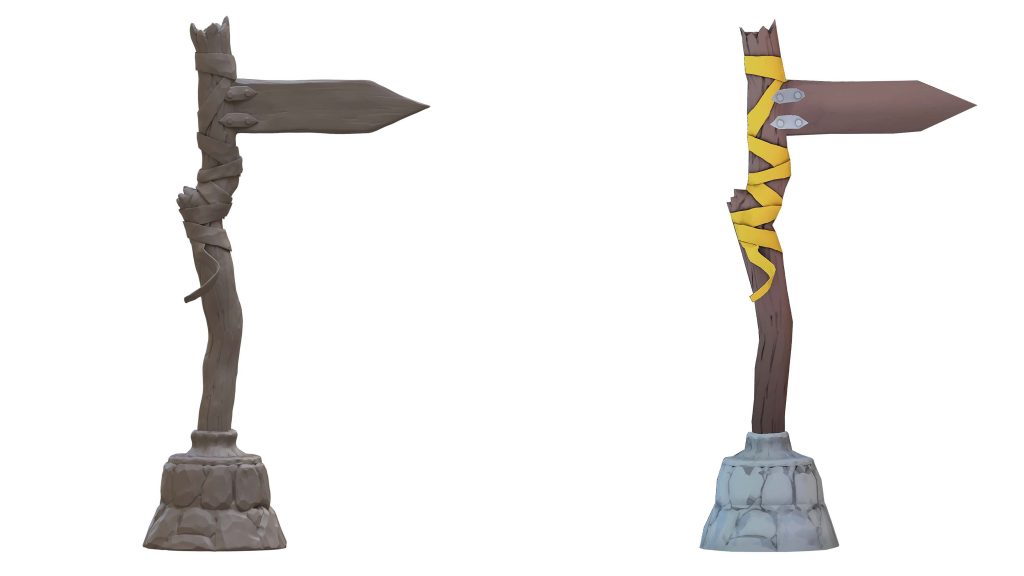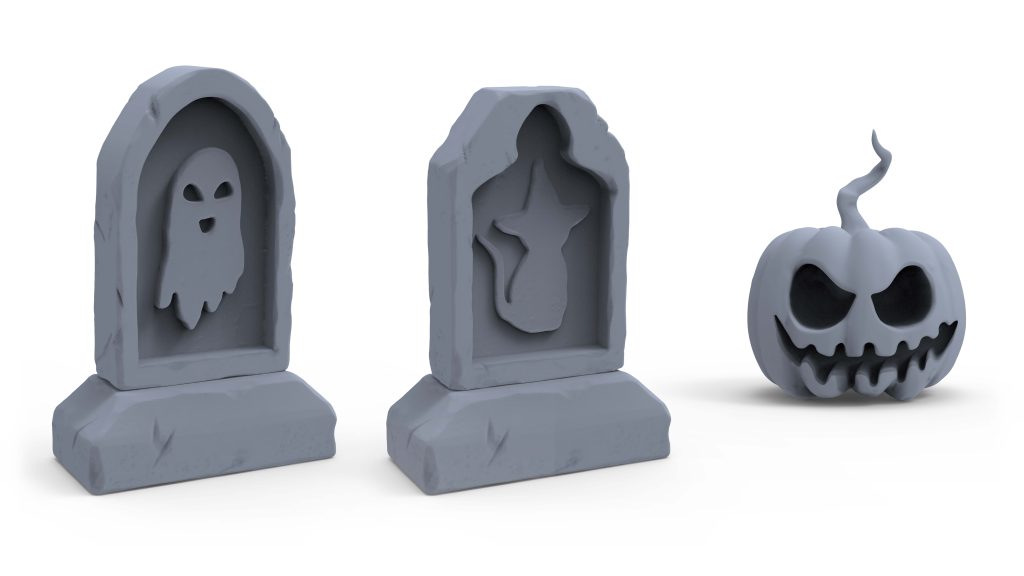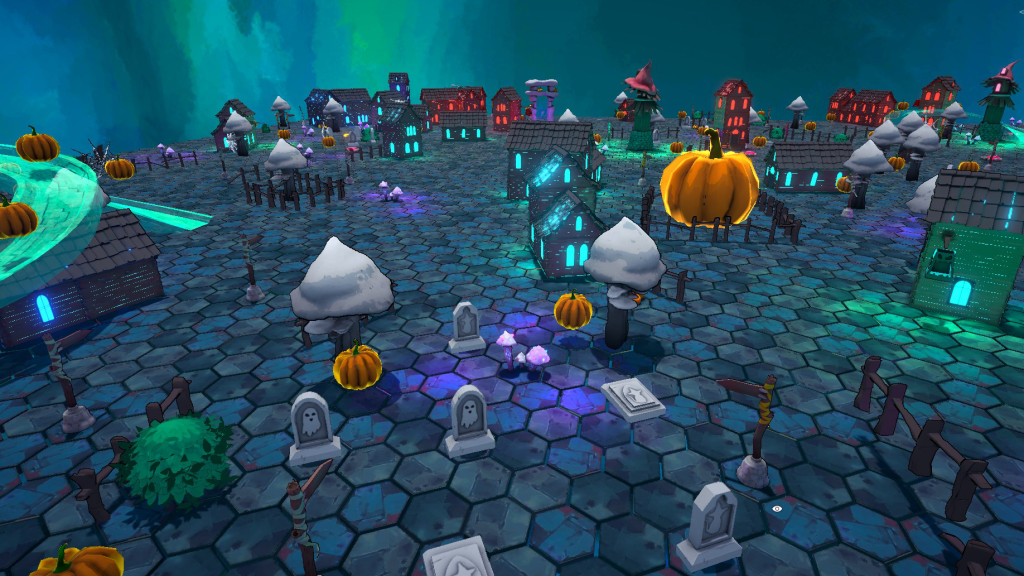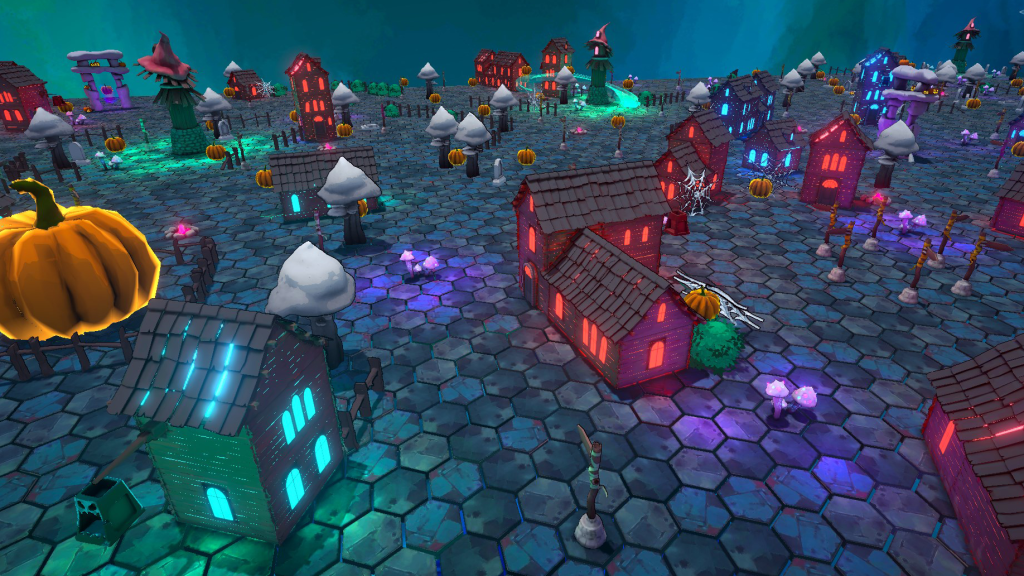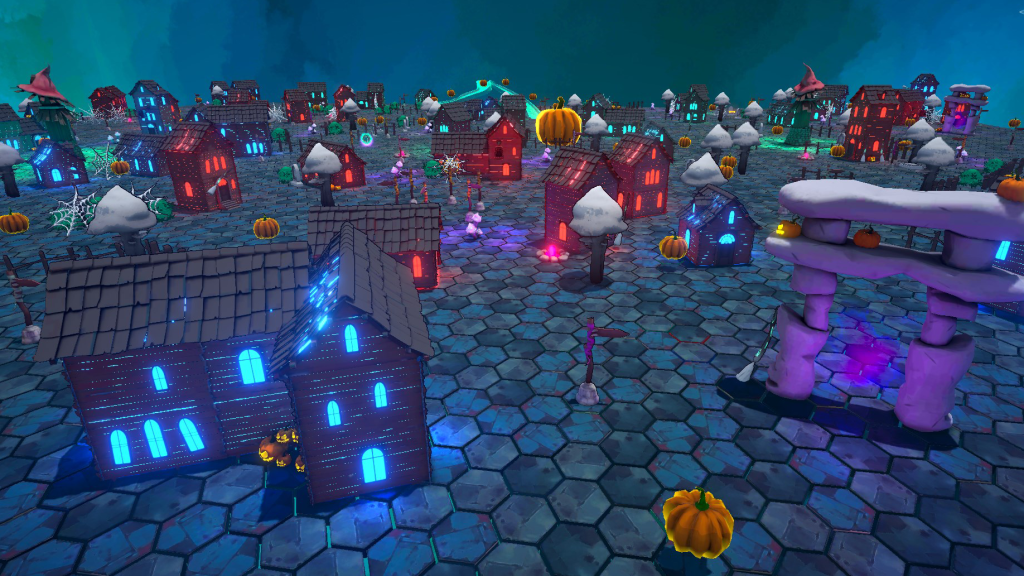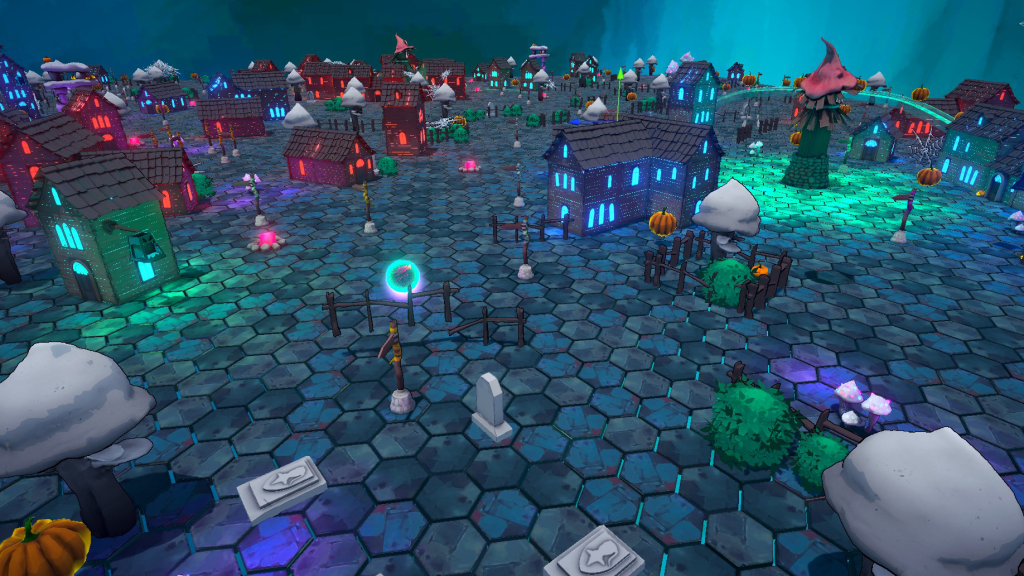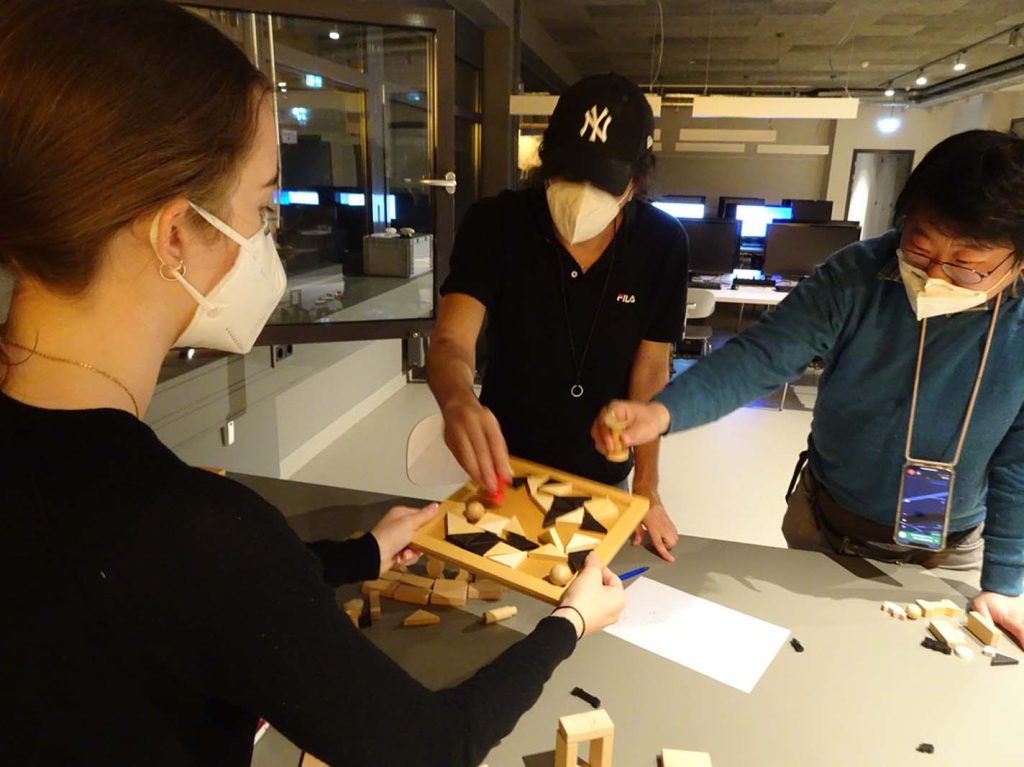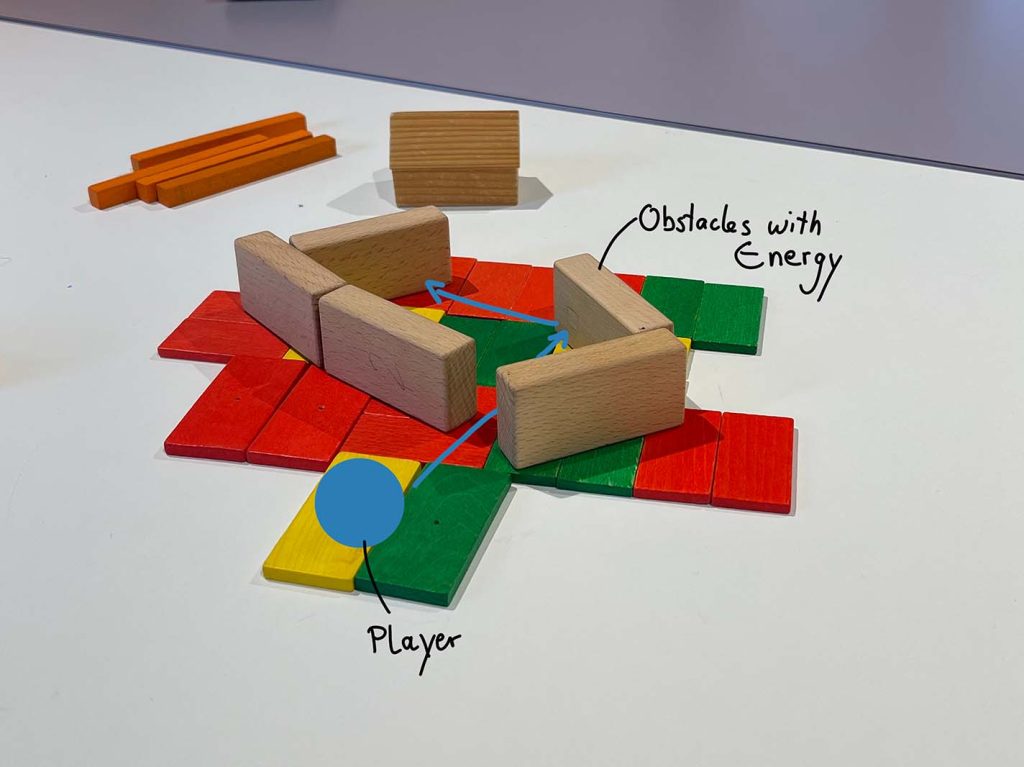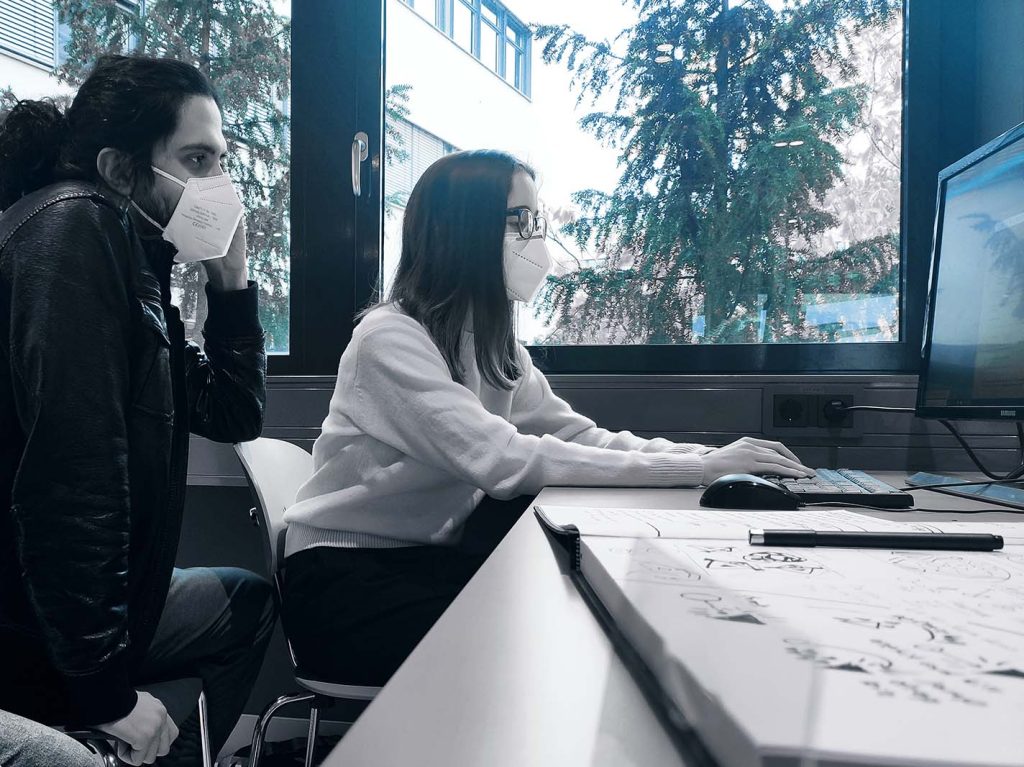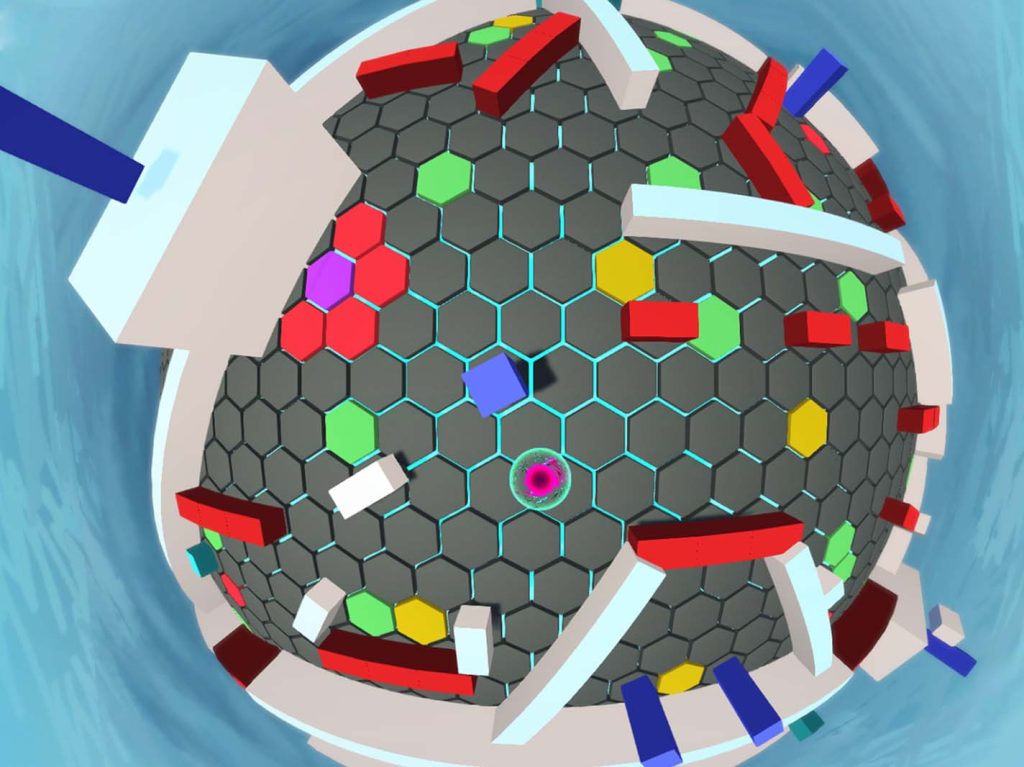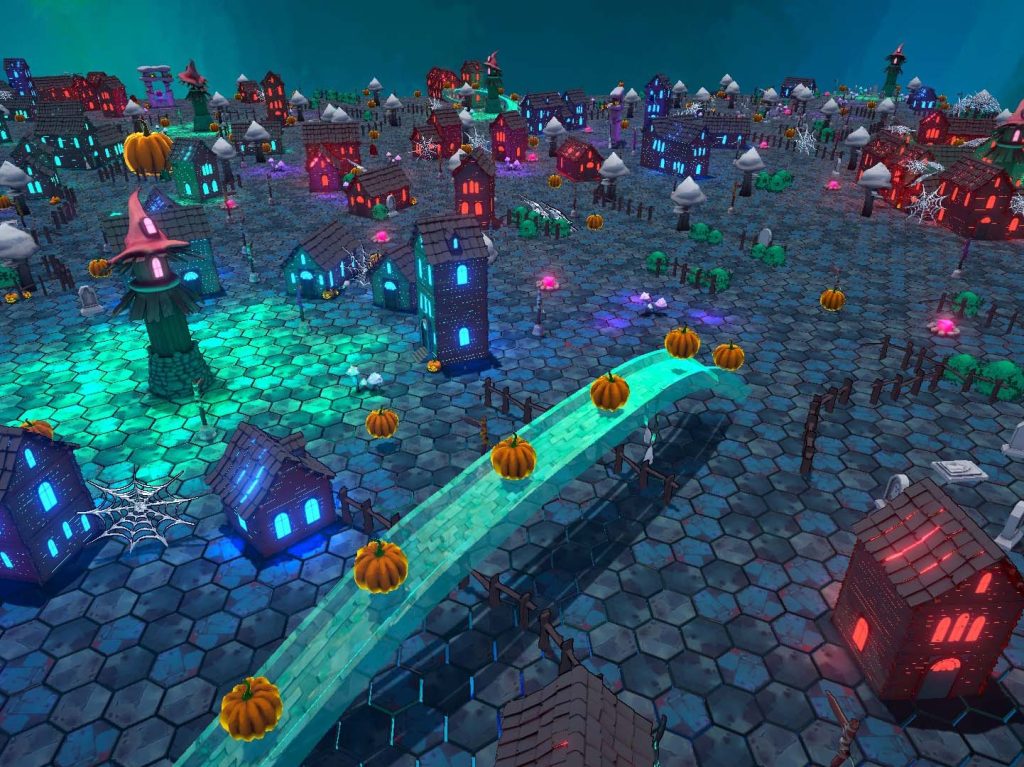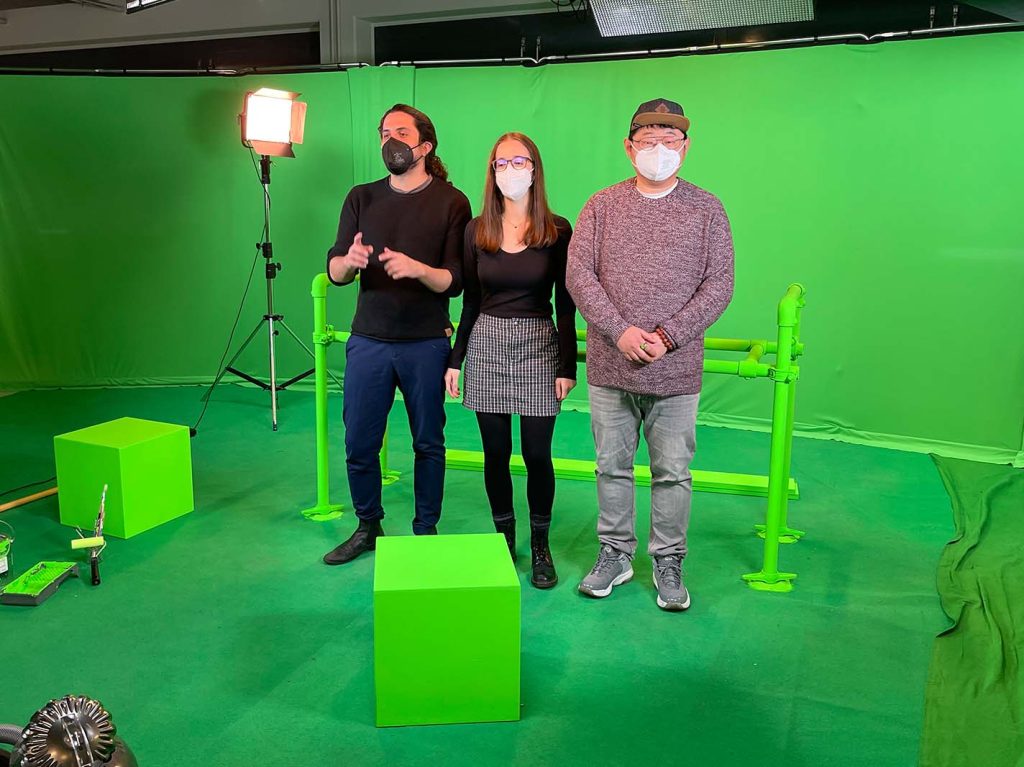Beyond Bounds
Let’s slide through an endless world!
Beyond Bounds is a fast-paced action game where players zoom across a planet, aiming to surpass their previous high scores. While completing missions and rushing through an endless planet to accumulate points, you can explore a vast and carefully designed planet as long as you can keep up with the pace!
Our team’s primary objective for this project was to deliver captivating gameplay, coupled with a uniquely immersive game world. As a result, the game’s mechanics are intricately intertwined with the environment, creating a seamless player experience. To add a thematic twist, we chose ‘Halloween’ as the theme for Beyond Bounds’ first level.
Project Overview
Date: 4 months at 3rd semester (2021/2022) at Game Design HTW Berlin
Team: 3
Software: Unity, Blender, zBrush, Substance Painter, Photoshop
Plattform: PC
Constrains: 3D Side View
[mainly remote development because of corona pandemic]
My Responsibilities
- Modeling and Texturing
- Game System Design
- Level Design
- Gameplay Programming
Gameplay
In Beyond Bounds, players engage in pinball-like gameplay, where success hinges on skillfully colliding with or obliterating obstacles to rack up points. Completing missions enhances their multiplier, while managing energy levels is crucial; once depleted, it’s game over unless replenished at the Energy Towers.
Players maneuver using various boosts, each endowed with unique abilities. Additionally, environmental elements such as objects can hinder or alter the character’s movement, adding strategic depth to the gameplay.
Modeling and Texturing
While crafting the models for Beyond Bounds, our goal was to embrace a stylized aesthetic. Drawing inspiration from a fake screenshot that a team member created, we established design principles to guide our project’s visual direction. Working on Beyond Bounds provided me with a valuable opportunity to delve into sculpting techniques and to experiment with various workflows.
I seized this chance to develop a modular system, design iconic landmarks, craft destructible objects, and create ornamental elements to enrich the game world. In terms of texturing, we opted for a minimalist one-color style, which was further enhanced by in-game shaders, including cell shading and outlines. Due to time and resource constraints, we prioritized this approach to achieve a visually appealing result within our project scope.
Modular House
Recognizing the pivotal role of houses in shaping the levels of Beyond Bounds, we opted to develop a modular system. This strategic decision empowered us to craft a diverse array of houses varying in width, length, height, and color, thus enhancing the visual richness and gameplay diversity of the environment.
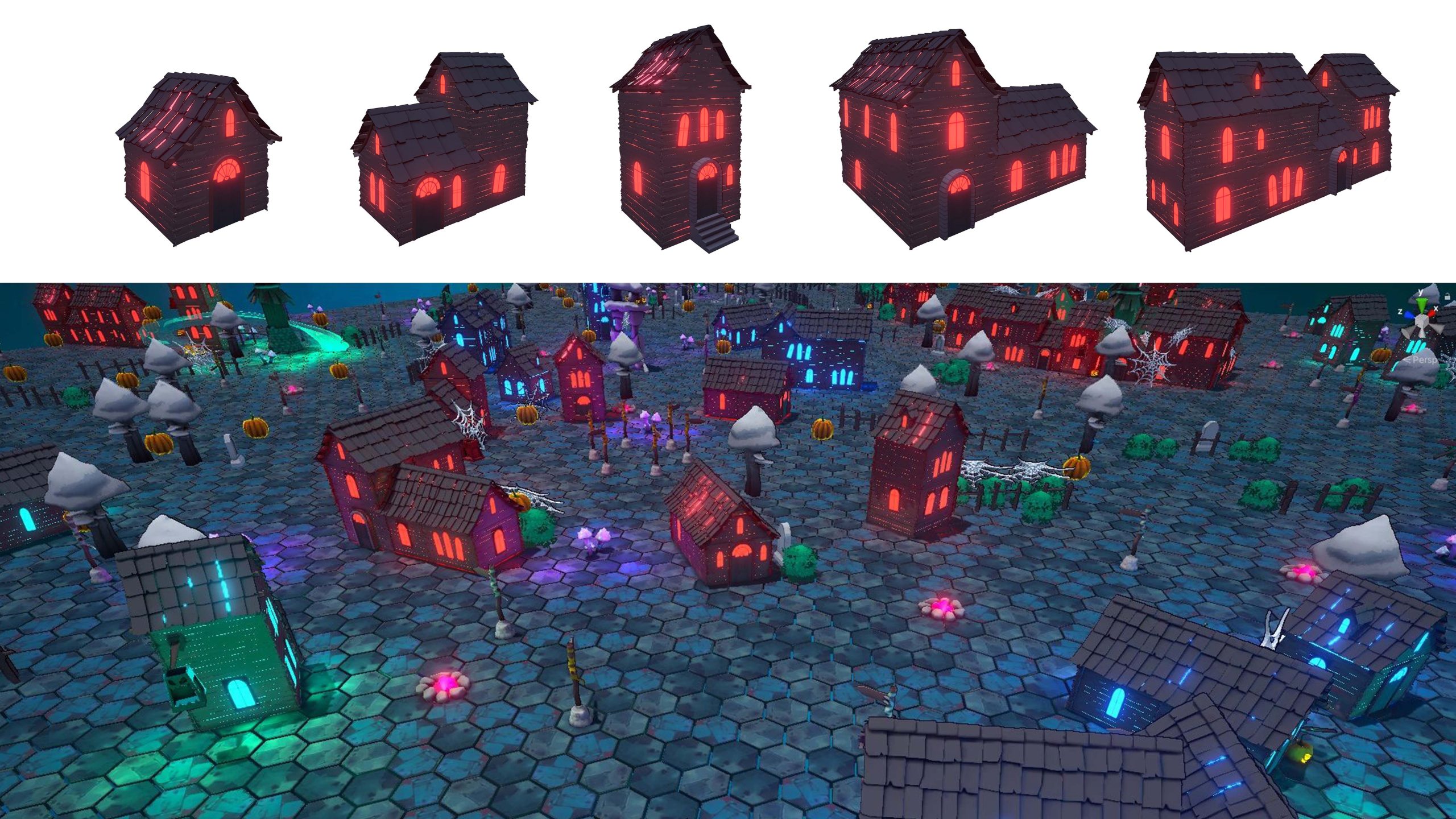
More Assets
Level Design
In Beyond Bounds, where the world unfolds in a spherical manner, the repetition of levels presents unique challenges in level design. Among these challenges is ensuring the strategic placement of orientation points to maintain coherence and facilitate player orientation, especially given the game’s fast-paced nature.
Constructing and planning the level on a square surface posed a significant hurdle. Objects positioned at the right and left edges of the game world were, unexpectedly, adjacent rather than distantly separated. To address this spatial anomaly, the team developed a tool capable of shuffling the level layout as needed.
Game System Design
Initially, the entire team collaborated on the game system design. However, as development progressed, individual team members transitioned to focus on specific areas. My primary responsibility revolved around designing the energy system and its associated mechanics, which players can actively utilize. Additionally, I contributed to the mission system, crafting various mission types to enrich the player experience.
Gameplay Programming
Throughout much of the development process, my main focus was on gameplay programming. I dedicated significant time to creating interactive systems that formed the backbone of the game experience.
- 3 different Boosts
- Constant Movement
- Level Effects
- Energy System
- Mission System
- UI
Learnings
Project Management
using a kanban board, distribution of tasks, planning time frames for tasks
Level Design
guide players through a level, create orientation points, allow good orientation despite the high speed of the game
3D Modeling and 3D Sculpting
modular system, simple to difficult props in different workflows, retopo
Deepening of Programming Skills
system architecture for better performance, editor tools, animations via script, implementation of pre-planned more complex game systems
Texturing Workflow for Stylized Graphic
inter alia UVs, baken, basic texturing
Presentation Skills
preparing presentations, speaking freely, presenting recent progress
Development
Throughout the ideation phase, analog prototyping, and initial digital prototypes, our game concept underwent significant evolution. We commenced with a simple wooden board and a small ball, eventually transforming our vision into a planetary setting. Weekly coaching sessions provided invaluable feedback and guidance from both professors and peers, enriching our progress.
After two months of dedicated work, we achieved a key milestone with the completion of a graybox prototype. This prototype included the establishment of our world setup—a repeating, endless planet that is actually flat—and the implementation of basic mechanics such as boosts, energy management, scoring, and the effects of environmental objects. Subsequently, we shifted our focus towards refining game mechanics, introducing additional features, and advancing the visual development of the game.
This project was coached by Prof. Susanne Brandhorst, Prof. Thomas Bremer and Zwi Zausch.


